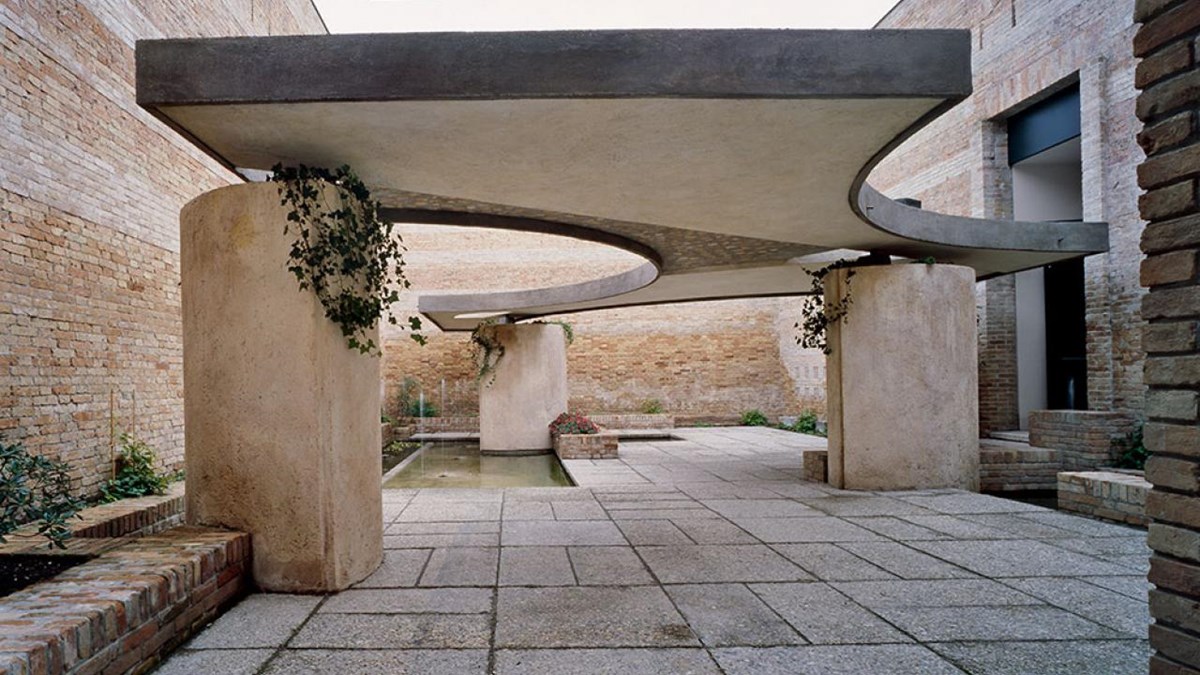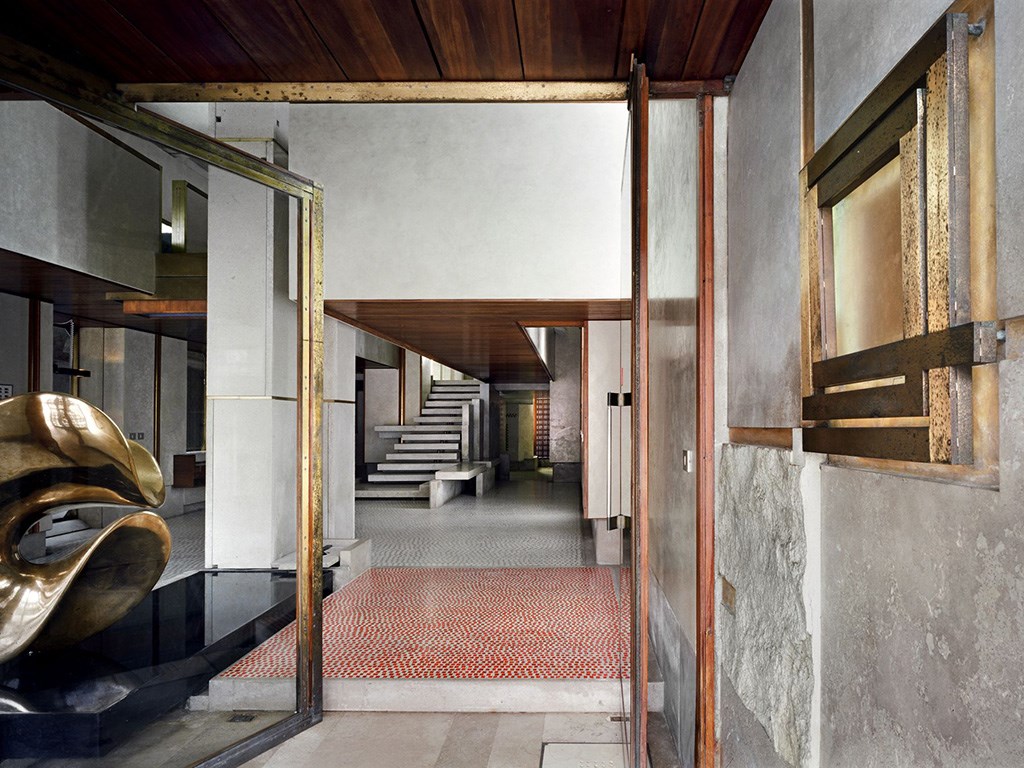Rialto Tall Cabinet
- Designer:
- Carlo Scarpa
- Brand:
- Cassina
We don't appear to have any products related to your search term. Please try again.
Shipping and discount codes are added at checkout.

The architect, Carlo Scarpa, is an Italian icon. His mix of the ancient and modern — buildings, objects and furniture laboriously handcrafted in stone, wood, forged metals, stucco and glass inspires even today.
Carlo Scarpa was born in Venice on June 2,1906. In the most beautiful city in the world, he studied at the Academy of Fine Arts where he met the professor and architect Vincent Rinaldo, to which he became his assistant. In 1926, the same year he graduated, becoming a teacher at the Higher Institute of Architecture in Venice.
Scarpa's first works date back to the years of study at the academy, when he began to collaborate with and worked for the artistic glassworks of Murano MVM Cappellin & Co, forming daring Modernist glass works. As of 1932, he was appointed artistic director of glassware at Paolo Venini, a role he held until 1946, which led him to develop a strong dialectic between drawings and production techniques. During this time he also had the opportunity to exhibit his work at the Venice Biennale and the Milan Triennale.

He encouraged artisans to deviate from their traditional ornate chandeliers in order to create contemporary shapes and saturated colors. Scarpa largely had come to be regarded as an ingenious but inessential roadside attraction on the superhighway of organic Modernism. That may have been because he produced so few original structures; most of his work consisted of interventions in pre-existing public buildings. His vision is perhaps best understood through the private homes he designed.
At the age of thirty, when he had already accumulated a lot of experience and formed part of his sensibility, Scarpa made his first architectural work – Ca ‘Foscari in Venice. The project turned out to be one of the most innovative restoration projects on the existing period. He spoke on building tradition, but at the same time, introduced new design elements that increased the value of the work.


From here on, Carlo Scarpa was able to design and teach at the IUAV, few other Italian architects were able to do this in the last century, in a way, solidifying his masterfulness and unique abilities. The whole world appreciated his work and admired the drawings, resulting in the MAK in Vienna deciding to buy several of his drawings and save them for their own exhibitions.